March 2022 Investment & Economic Update

Our latest monthly investment update for March 2022 looks at how the global investment markets, economy, and commodities are performing.
The FTSE 100 index of leading UK company shares closed at the end of February at 7,458.25 points, down a shade by 7.82 points or 0.10%.
Investor sentiment was knocked at the end of the month when Russia invaded its neighbour Ukraine, attracting global condemnation and widespread economic sanctions.
Global equity markets faced volatility due to the speed of conflict escalation, with posturing from Russian president Vladimir Putin invoking painful memories of the Cold War.
Despite widespread fears of further military escalation in Europe and the consequences to the global economy from sanctions imposed on Russia, western markets were largely unflustered by events.
An expectation that oil supplies would be restricted sent the price of benchmark Brent crude over $103 a barrel. The US is considering using its vast reserves to help mitigate any lost output from Russia.
Investment bank Goldman Sachs expected commodity prices to rise, lifting its short-term forecast for Brent crude prices to $115 a barrel, from $95 a barrel.
The most significant investment impact came for the rouble and Russian stocks. Its currency fell 30% on the final day of February, and the Central Bank of Russia more than doubled interest rates to 20% in response.
Western leaders are expected to impose further financial sanctions against Russian officials, with French finance minister Bruno Le Maire warning Moscow they would “bring about the collapse of the Russian economy…” if they continue the war.
With the situation developing quickly, investors should prepare for bouts of extreme price volatility in the short to medium term.
German bond yields fell below zero at the start of March, for the first time in a month, with traders expecting the European Central Bank (ECB) to hold off on an interest rate hike until next year.
Financial markets are pricing in the first quarter-point rate hike from the ECB in January 2023, rather than the previously expected increases in September and December.
In China, commerce minister Wang Wentao warned of multiple challenges faced by the Chinese economy, including “huge” pressure from global trade uncertainty.
Wang said: “This year, the pressure on foreign trade will be huge and the situation will be very severe.”
Price inflation in the UK nearly reached a 30-year high last month, with the Consumer Prices Index (CPI) measure of price inflation climbing to 5.5%.
Research from Lloyds Bank found that inflation is likely to trend higher in the coming months as businesses respond to wage pressures by further lifting prices to protect margins.
The Bank of England expects CPI inflation to exceed 7%, with this forecast published before the Russian invasion of Ukraine, which is likely to push prices higher still due to rising wholesale energy prices.
Analysts at Investec believe the domestic energy price cap could exceed £3,000 a year when next reviewed for October.
The latest Halifax House Price Index shows house prices in January 2022 were 9.7% higher than the same month a year earlier. The average house price reached £276,759.
Manufacturers in the UK reported robust growth, with the latest IHS Markit/CIPs Purchasing Managers’ Index rising at its fastest pace in seven months.
Rising demand and an easing of supply chain delays saw the index rise to 58 for February, up from 57.3 in January, with a score above 50 indicating growth.
Rob Dobson, director at IHS Markit, said: “Growth was boosted by stronger domestic demand and by firms catching up on delayed work as material shortages and supply chain disruptions started to dissipate.”
The Bank of England reported net mortgage borrowing of £5.9 billion in January, up from £4 billion in December, and above the pre-pandemic average of £4.3 billion a month.
House purchase approvals also increased, from 71,200 in December to 74,000 in January.
The benchmark 10-year government bond (gilt) yield fell during February to reach 1.23% at the start of March, as investors fled to safety.
US Treasury yields also fell sharply at the start of March, the 10-year rate falling to around 1.7%. Central bank interest rate hikes look less certain in the face of the ongoing Russian invasion of Ukraine and potential economic consequences from sanctions.
